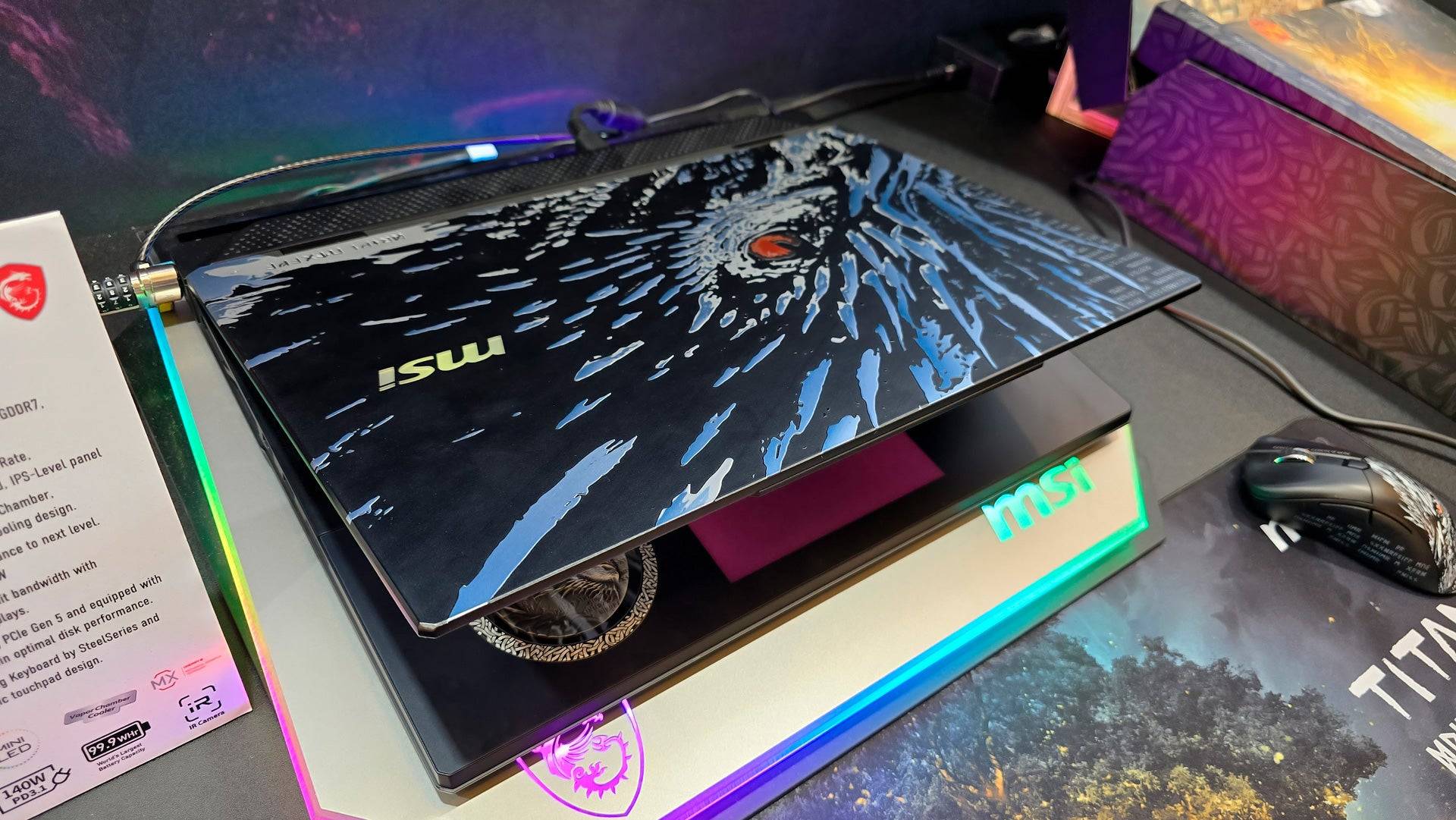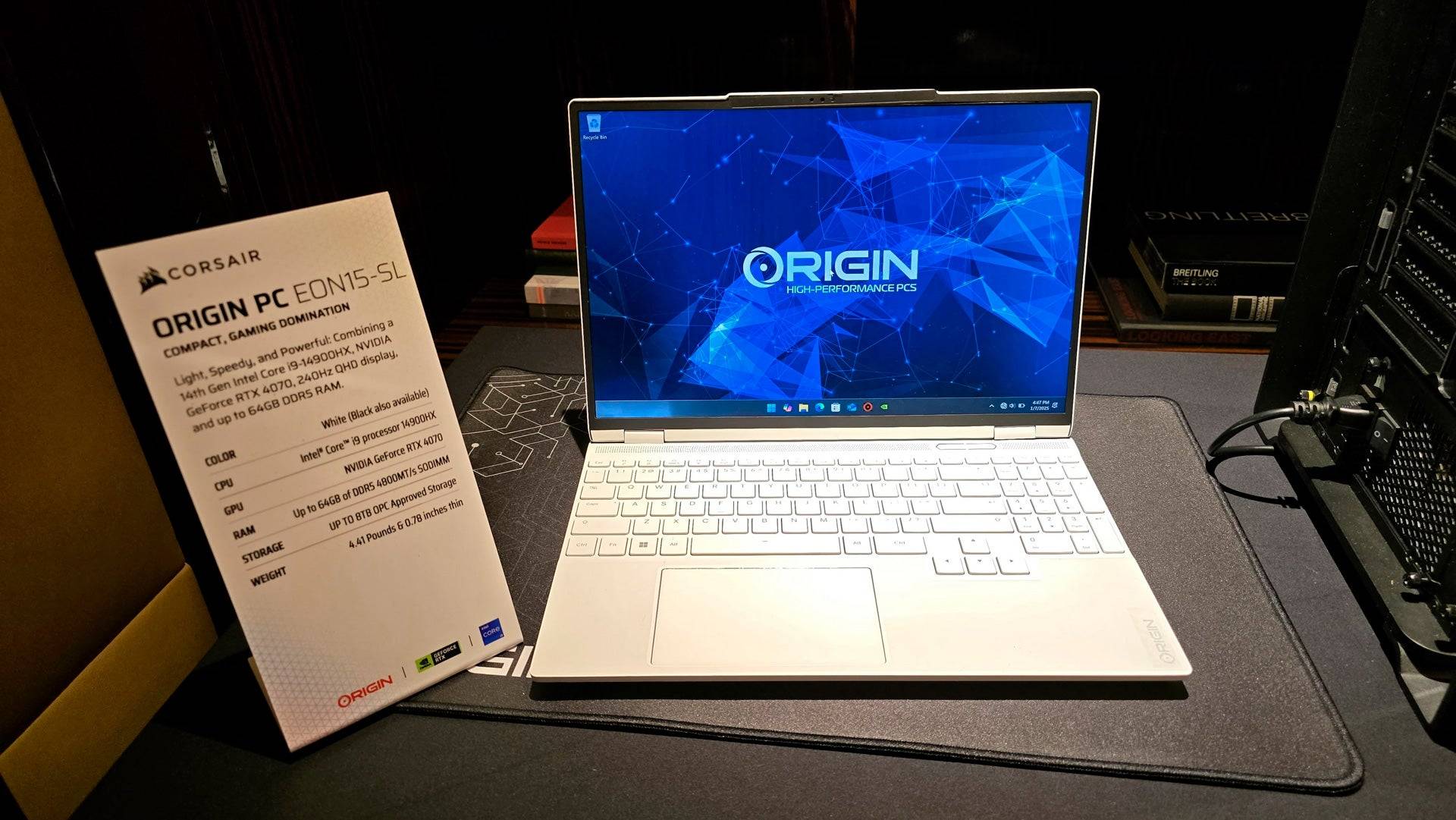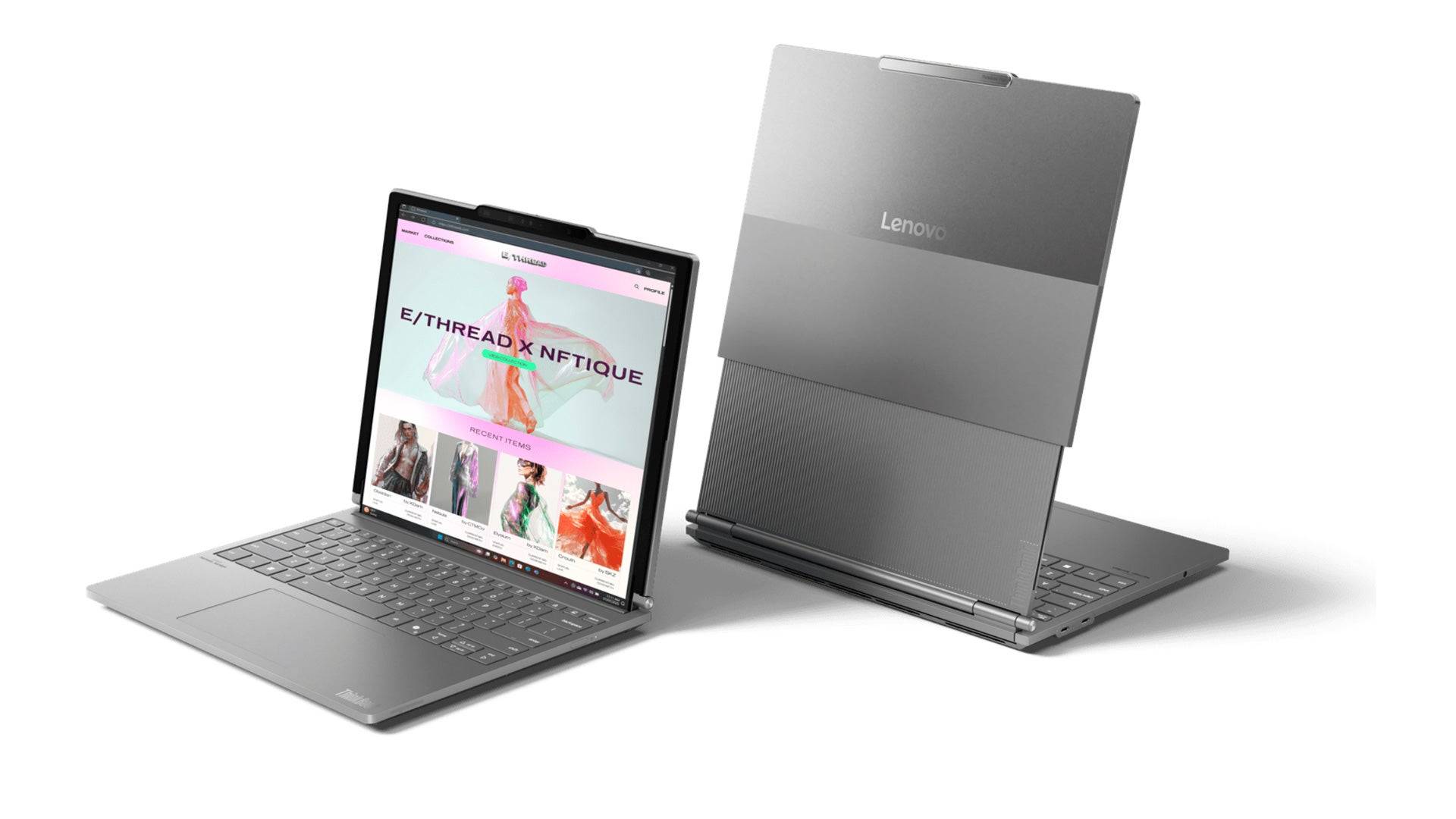CES 2025: Latest Gaming Laptop Trends Unveiled
The Consumer Electronics Show (CES) always showcases a plethora of laptops, and this year's event was no different. My exploration of the show floor, along with the packed suites and showrooms, revealed the latest trends steering the direction of gaming laptops in 2024. Here's a deep dive into the key themes that are shaping this year's gaming laptop landscape.
A Huge Diversity of Designs
Gaming laptops have always boasted a variety of styles, but this year's offerings feel particularly expansive. Brands like Gigabyte and MSI are pushing the envelope, blending productivity with gaming aesthetics. High-end gaming laptops are no longer just about raw power; they're about making a statement.
This year, expect to see gaming laptops ranging from the sleek and professional, like the Gigabyte Aero series, perfect for any business setting, to bold and flashy designs like the MSI Titan 18 HX AI Dragonforged Edition, which screams gaming prowess with its graphic-laden lid.
 RGB lighting remains a staple, with innovations like wrap-around lighting rings, illuminated mechanical keyboards, and even trackpad lights. The Asus ROG Strix Scar series stands out with its AniME Dot Matrix LED display on the lid, capable of showing text, animations, and more through a series of white LEDs.
RGB lighting remains a staple, with innovations like wrap-around lighting rings, illuminated mechanical keyboards, and even trackpad lights. The Asus ROG Strix Scar series stands out with its AniME Dot Matrix LED display on the lid, capable of showing text, animations, and more through a series of white LEDs.
While the core design principles remain familiar, look out for unique novelties alongside the traditional range of big, heavy laptops and their lighter, thinner counterparts, all equipped with a wide array of hardware options.
 AI Assistants are Coming
AI Assistants are Coming
Last year, AI was touted as a feature in many laptops, but the integration often fell short. This year, however, multiple vendors showcased AI Assistants designed to enhance user experience by controlling the PC without needing to manually open software.
For instance, an MSI representative demonstrated how their chatbot could adjust the laptop's performance settings based on the type of game being played. While these systems are meant to operate offline, I'm skeptical about their efficiency compared to manual adjustments. We'll need to see how these AI capabilities evolve in real-world use.
Mini-LED, Rollable Displays and Other Novelties
Mini-LED technology is finally making a significant impact in the gaming laptop market. Asus, MSI, and Gigabyte showcased Mini-LED laptops with top-tier specs and pricing. These models boast over 1,100 local dimming zones, reducing blooming and enhancing contrast, alongside impressive brightness and vivid colors. While OLED still reigns supreme in contrast, Mini-LED's resistance to burn-in and higher sustained brightness are promising.
Among the novelties, the ASUS ROG Flow X13 returns with eGPU support via USB4, and Asus previewed a new eGPU with up to an RTX 5090. Meanwhile, Asus's Zenbook Duo offers dual-screen productivity, but Lenovo's ThinkBook Plus Gen 6 Rollable stole the show with its first-ever rollable OLED display. This innovative laptop can extend its 14-inch screen by an additional 2.7 inches with the push of a button. While the initial design may seem awkward and raise durability concerns, it's a groundbreaking product that's set to hit the market and improve with time.
 Ultrabooks Continue to Rise, Even for Gaming
Ultrabooks Continue to Rise, Even for Gaming
Ultrabooks are increasingly prevalent, even in gaming line-ups. Major manufacturers like Gigabyte have revamped their Aero series to fit the Ultrabook form factor, offering thin, light, and premium designs perfect for both gaming and productivity.
These Ultrabooks are ideal for gamers who don't need to run the latest titles at max settings but still want a portable device. My review of the Asus TUF Gaming A14 last year highlighted how these machines can include dedicated graphics without compromising on-the-go productivity.
 Moreover, with the latest AMD and Intel processors, integrated graphics have become surprisingly capable for gaming. Features like AMD FidelityFX Super Resolution and Intel XeSS, along with frame generation, allow these ultrabooks to handle demanding games at playable settings. This trend raises questions about the future necessity of lower-performance chips like the RTX 4050M.
Moreover, with the latest AMD and Intel processors, integrated graphics have become surprisingly capable for gaming. Features like AMD FidelityFX Super Resolution and Intel XeSS, along with frame generation, allow these ultrabooks to handle demanding games at playable settings. This trend raises questions about the future necessity of lower-performance chips like the RTX 4050M.
Cloud gaming services like Xbox Cloud Gaming and Nvidia GeForce Now further enhance the appeal of these machines, offering a robust gaming experience without the need for a dedicated gaming laptop.
The gaming laptop scene at CES 2024 was brimming with exciting developments, and we'll continue to cover these trends as the year progresses. What caught your eye? Share your thoughts in the comments below!
-
1

Announcing the Bazaar Release: Date and Time Unveiled
Feb 02,2025
-
2

Marvel Rivals Update: News and Features
Feb 19,2025
-
3

GTA 6 Release: Fall 2025 Confirmed
Feb 23,2025
-
4

Vampire Survivors – Arcana Card System Guide and Tips
Feb 26,2025
-
5

Novel Rogue Decks Android Debut
Feb 25,2025
-
6

DC Heroes Unite: New Series from Silent Hill: Ascension Creators
Dec 18,2024
-
7

Get Exclusive Roblox DOORS Codes for January 2025
Feb 10,2025
-
8

Marvel Rivals Unveils Season 1 Release Date
Feb 02,2025
-
9

WWE 2K25: Long-Awaited Return
Feb 23,2025
-
10

Anime Fate Echoes: Get the Latest Roblox Codes for January 2025
Jan 20,2025
-
Download

Street Rooster Fight Kung Fu
Action / 65.4 MB
Update: Feb 14,2025
-
Download

Ben 10 A day with Gwen
Casual / 47.41M
Update: Dec 24,2024
-
Download

A Simple Life with My Unobtrusive Sister
Casual / 392.30M
Update: Dec 10,2024
-
4
Mega Jackpot
-
5
Day by Day
-
6
The Lewd Knight
-
7
Translate - Voice Translator
-
8
VPN Qatar - Get Qatar IP
-
9
Chewy - Where Pet Lovers Shop
-
10
Kame Paradise














